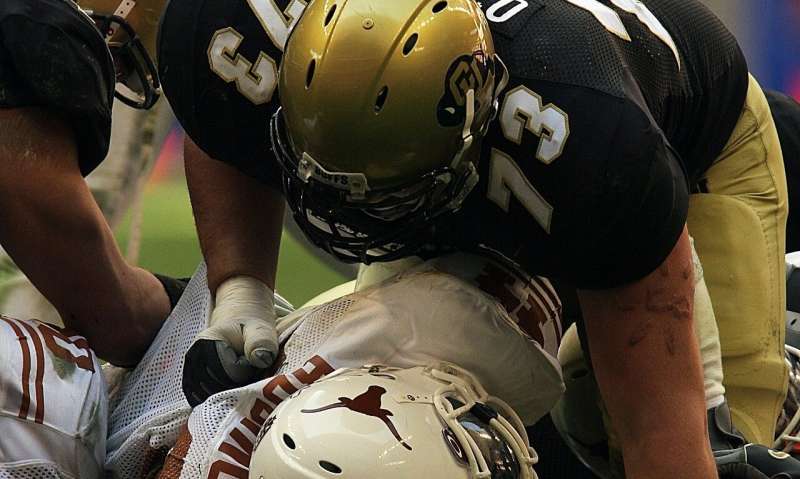American football: the first quarter is crucial

Researchers from Dartmouth College, New Hampshire have found evidence that players born in the first quarter of the year are more likely to play in the National Football League.
Studies show children born earlier in the year may develop more quickly than their younger peers with higher participation in, for example, sports, than those born towards the end of the year. Known as the relative age effect, this phenomenon is evident in a wide range of arenas, such as youth sport and academia, but had not been closely studied in American pro football.
To investigate the matter of relative age effects among these athletes, researchers at Dartmouth assembled data on almost 20,000 players from the National Football League (NFL), including birthdays. Their research is presented in the article "Relative age effects in American professional football" published in De Gruyter's Journal of Quantitative Analysis in Sports, by authors Michael C. Herron and Jack F. Heneghan.
Comparing the distribution of player births with births from the general population, the researchers found evidence that NFL players are more disproportionately born in the early months of the year, namely January through March. This indicated that developmental advantages possessed by relatively older players in childhood carry into adolescence and impact individuals' abilities to become professional athletes as young adults.
The authors considered whether cut-off dates used by players' school districts have led to relative age effects. Their research showed in cases where players attended public high school in the United States and the cut-off date used in their State could be confirmed, a disproportionate number of NFL players were born in fall months. This is consistent with what the authors call a school-based relative age effect.
"Even in a meritocratic environment such as the NFL, physiological factors beyond player control on athletic success are important, with the influence of these factors starting as early as childhood," explains Herron. However, the authors suggest, further studies, particularly those that trace professional athletes that may have moved between school districts as children, are needed to continue investigating this phenomenon.
More information: Jack F. Heneghan et al. Relative age effects in American professional football, Journal of Quantitative Analysis in Sports (2019). DOI: 10.1515/jqas-2018-0030
Provided by De Gruyter


















